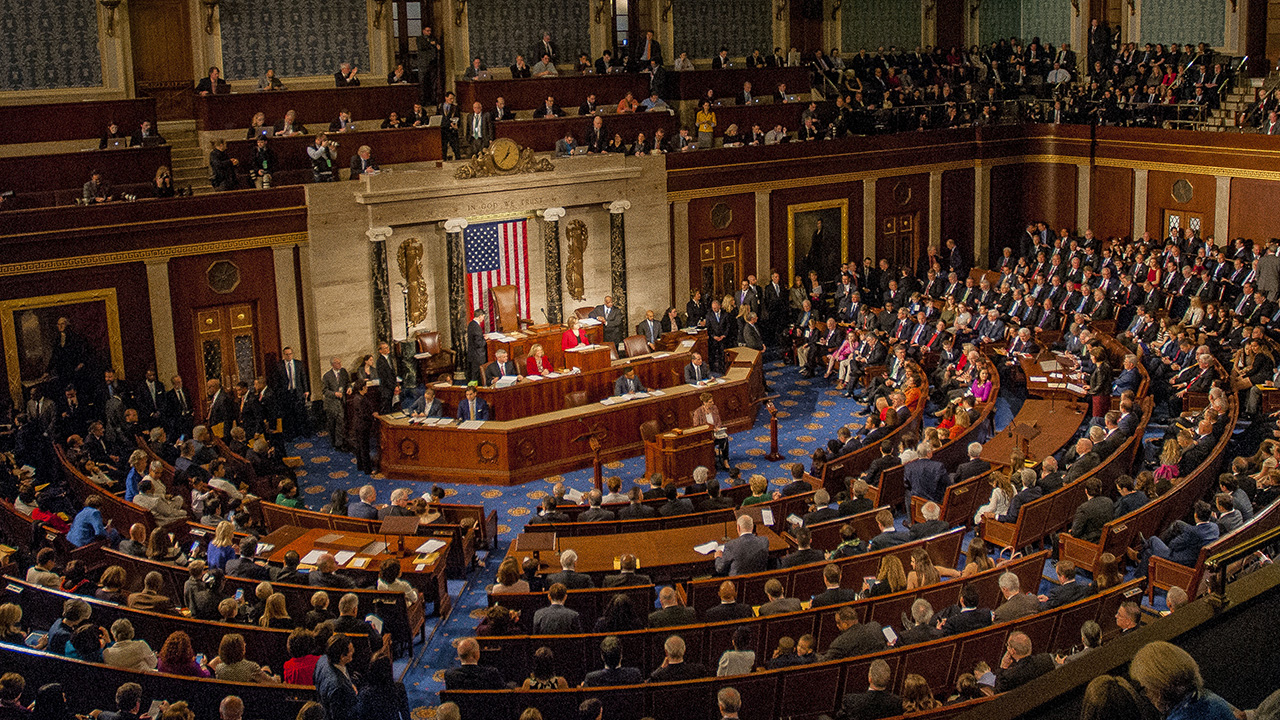INCITS Batch Mode Comment Deadline: July 14, 2020
- Home Page 463

ASHRAE 41.11 Power Measurements / July 13
This content is accessible to paid subscribers. To view it please enter your password below or send mike@standardsmichigan.com a request for subscription details.
Indoor Air Quality / HEPA Filter Bibliography
This content is accessible to paid subscribers. To view it please enter your password below or send mike@standardsmichigan.com a request for subscription details.
Standing Agenda / Disaster
This content is accessible to paid subscribers. To view it please enter your password below or send mike@standardsmichigan.com a request for subscription details.
Title 47 U.S. Code § 230 / Communications Decency Act of 1996
This content is accessible to paid subscribers. To view it please enter your password below or send mike@standardsmichigan.com a request for subscription details.
@OASISopen
This content is accessible to paid subscribers. To view it please enter your password below or send mike@standardsmichigan.com a request for subscription details.
ACADEMICS IN STANDARD SETTING
This content is accessible to paid subscribers. To view it please enter your password below or send mike@standardsmichigan.com a request for subscription details.
Standards Connecticut Workspace
This content is accessible to paid subscribers. To view it please enter your password below or send mike@standardsmichigan.com a request for subscription details.
Standards Connecticut
As we explain in our ABOUT, we are continuing the development of the cadre of “code writers and vote-getters” begun at the University of Michigan in 1993. We are now drilling down into state and local adaptations of nationally developed codes and standards that are incorporated by reference into public safety and sustainability legislation.
This post is a “test pancake” for generating discussion, and for developing a way forward for crafting state exceptions to nationally developed codes and standards. Every state will have to be managed according to its history, culture, governance regime, asset-base and network of expertise.
Standards Michigan will remain the “free” home site but state-specific sites such as Standards Massachusetts will be accessible to user-interest code-writers and vote-getters. Please send bella@standardsmichigan.com a request to join one of our mailing lists appropriate to your interest for #SmartCampus standards action in the State of Connecticut. #StandardsConnecticut
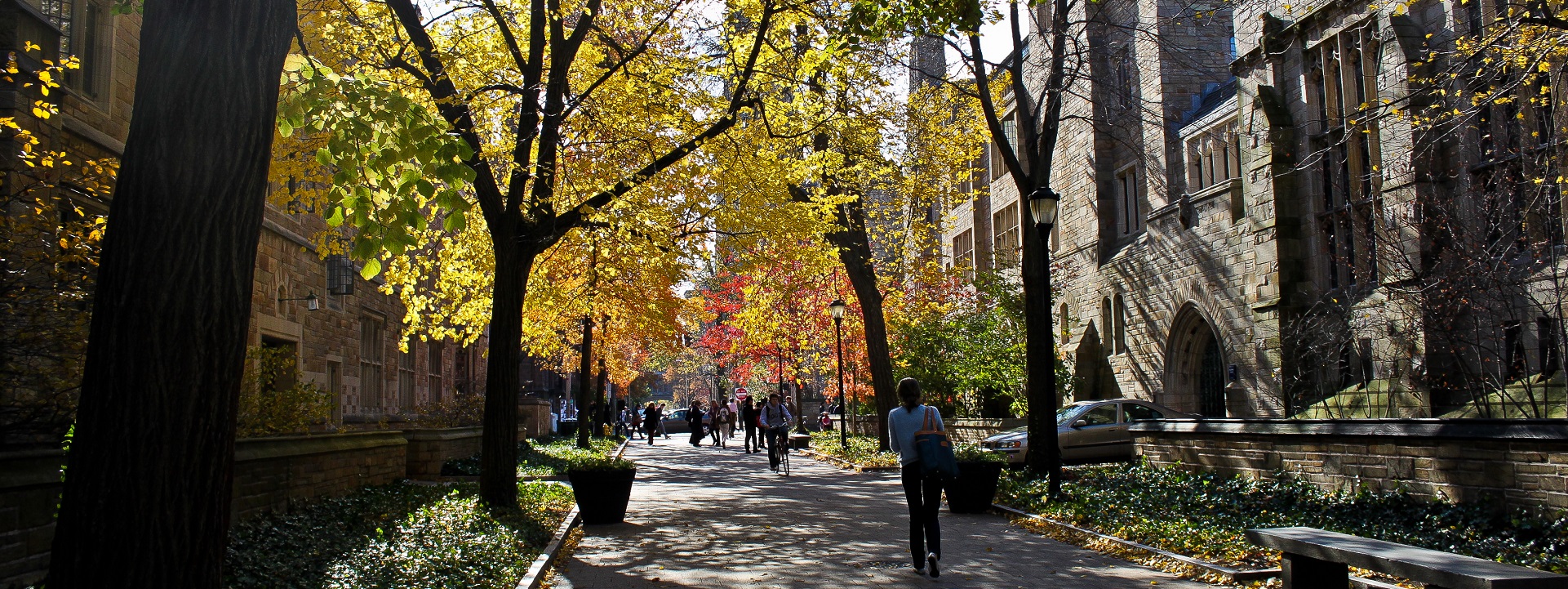
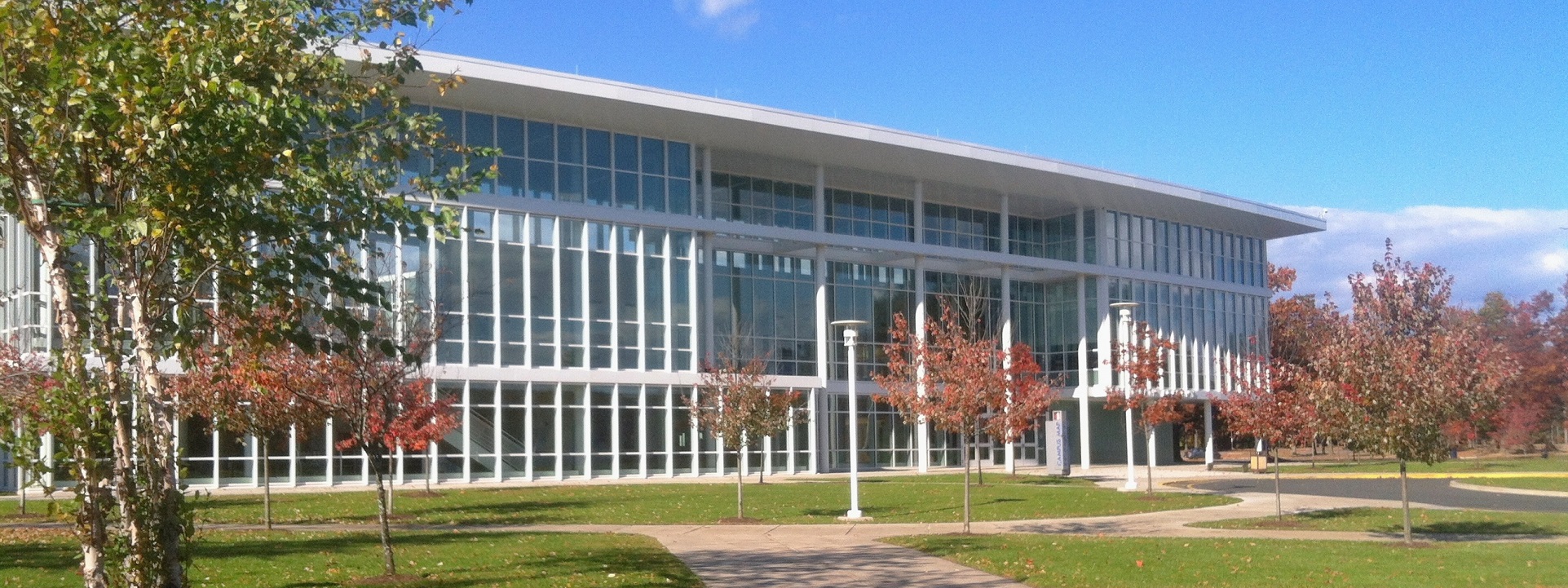
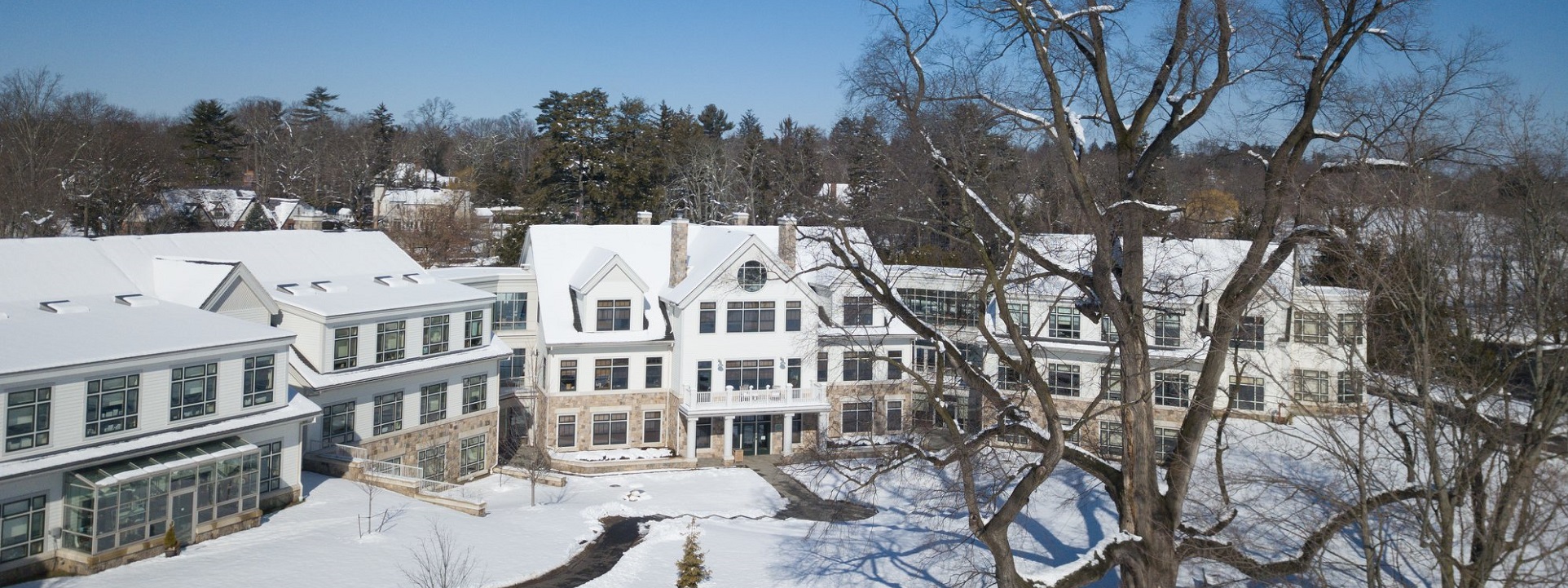
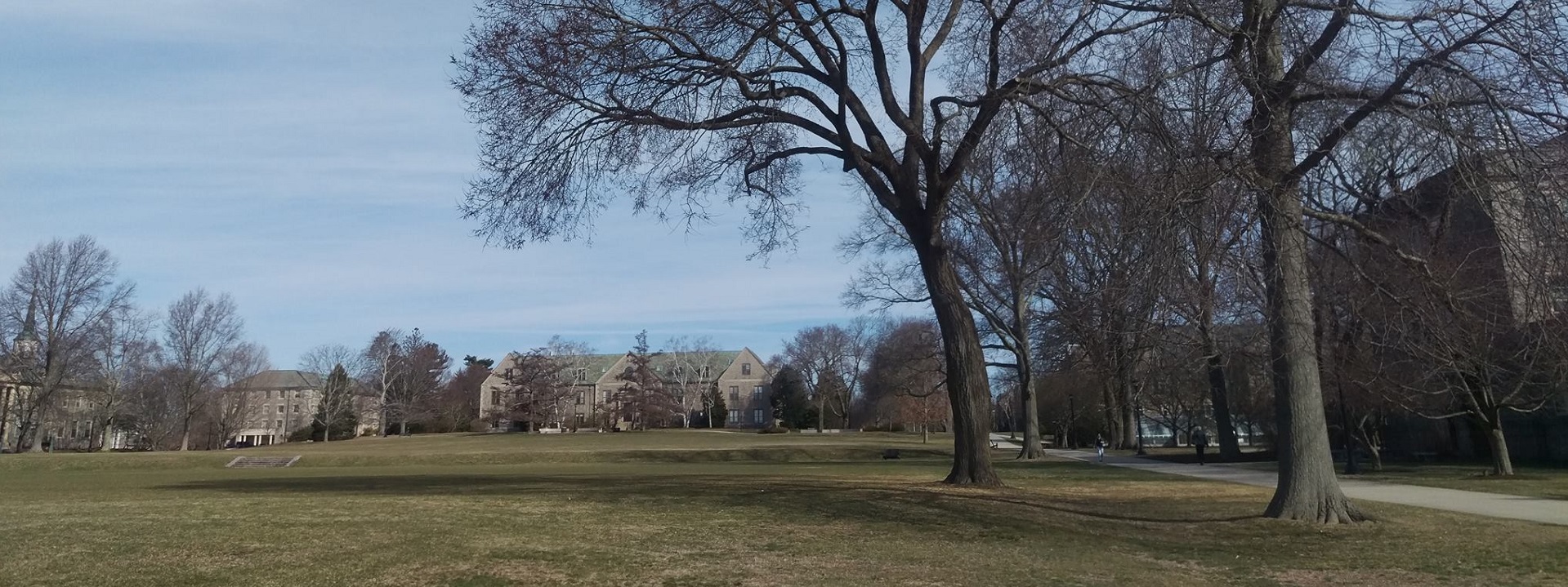
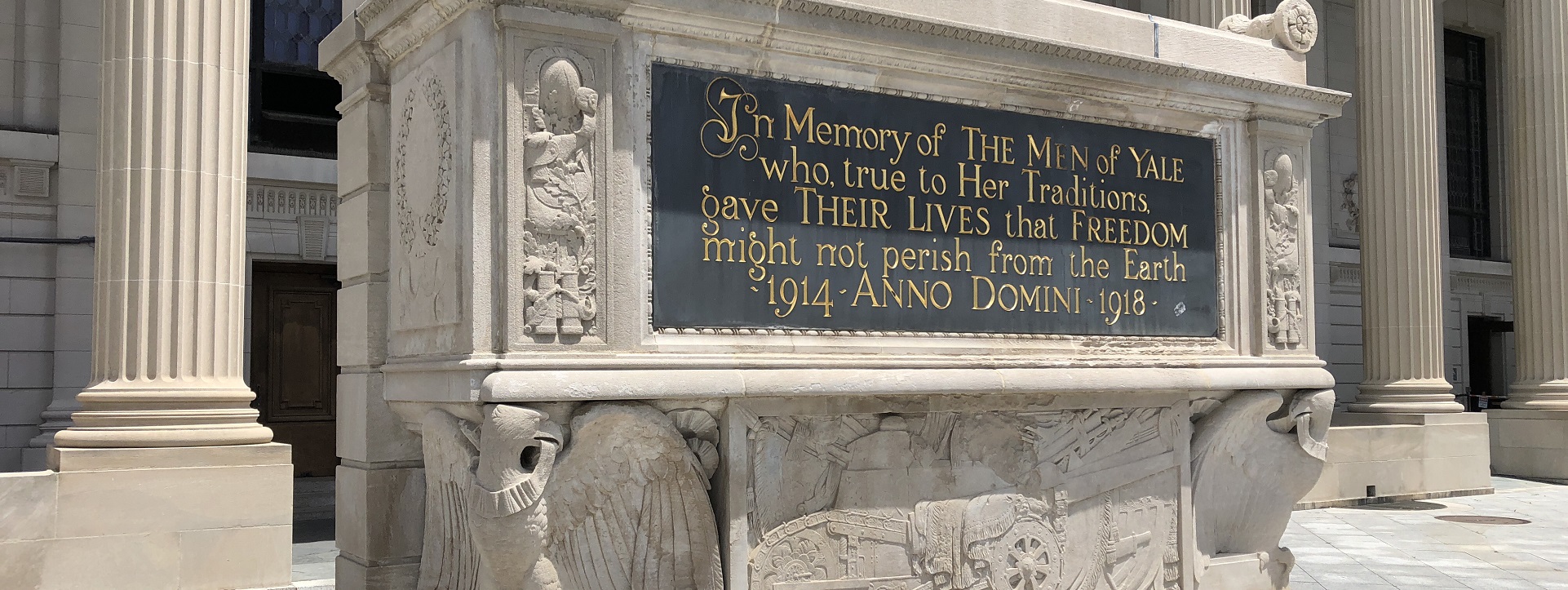
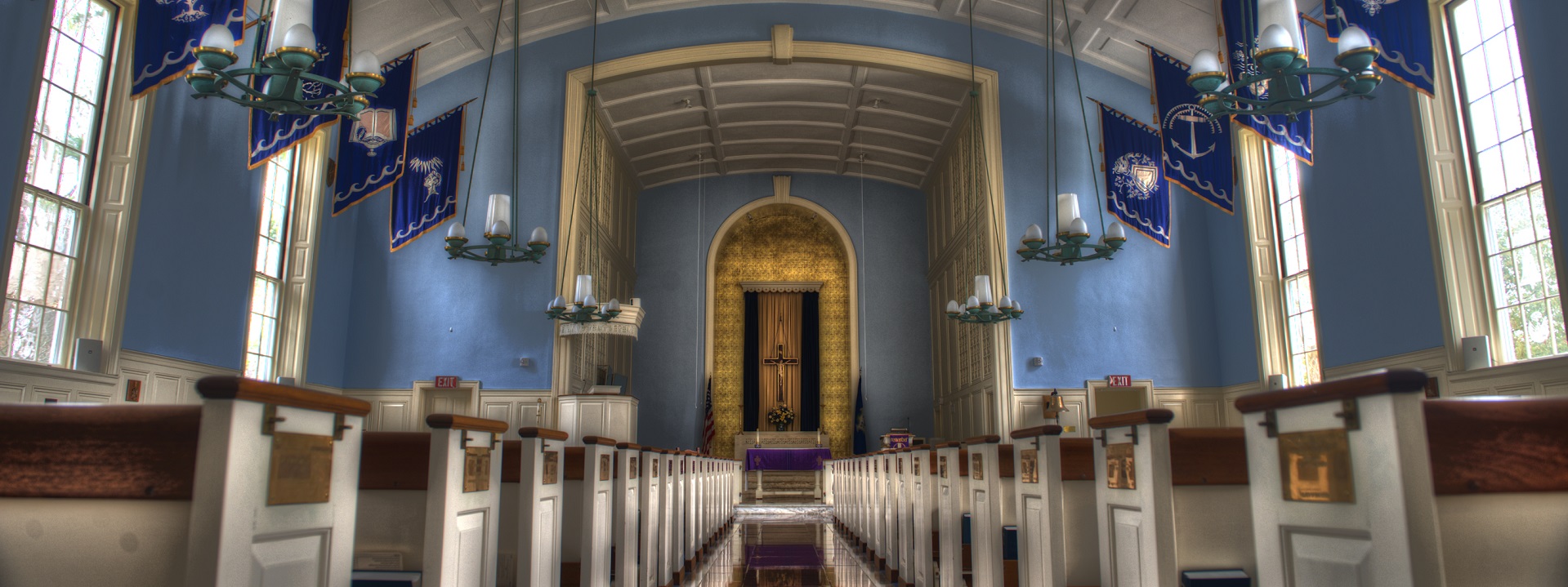
LEARN MORE:
Connecticut Public Utilities Regulatory Authority
Connecticut State Building Code
University of Connecticut General Obligation Bonds
University of Connecticut Special Obligation Student Fee Revenue Bonds
UConn Health
New update alert! The 2022 update to the Trademark Assignment Dataset is now available online. Find 1.29 million trademark assignments, involving 2.28 million unique trademark properties issued by the USPTO between March 1952 and January 2023: https://t.co/njrDAbSpwB pic.twitter.com/GkAXrHoQ9T
— USPTO (@uspto) July 13, 2023
Standards Michigan Group, LLC
2723 South State Street | Suite 150
Ann Arbor, MI 48104 USA
888-746-3670




